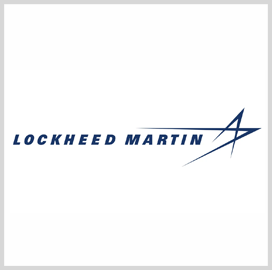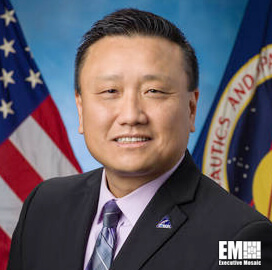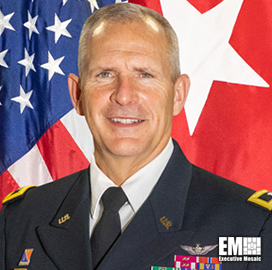Raytheon Technologies has been chosen to supply a missile warning satellite system under development by Lockheed Martin with a second mission payload after it completed a first round of design.
The payload is in preparation for a 2025 launch of the first of three Lockheed Martin-designed Next Generation Overhead Persistent Infrared Geosynchronous Earth Orbit Block 0 (NGG) satellite systems, the Bethesda, Maryland-based company said Tuesday.
The new agreement is an extension of an existing contract under which Raytheon and Northrop Grumman have been commissioned for one payload apiece. Lockheed Martin, in turn, is contracted by the United States Space Force to design and construct the NGG satellite systems.
So far, Raytheon and Northrop Grumman’s payloads have attained approval for their critical designs but it is undecided whose model will fly on the 2025-launched satellite.
“For this ‘Go-Fast’ program, both teams had to meet stringent schedule and performance requirements – which they’ve done. I want to congratulate and thank both teams for their tireless work,” said Joseph Rickers, vice president of the NGG program at Lockheed.
Rickers went on to emphasize the intensity of the schedule the companies are under to develop and design their payloads. Raytheon and Northrop Grumman were reportedly tapped for the assignment just 45 days after Lockheed received their contract to construct the satellites in 2018.
There were then hard deadlines in 2020 and 2021 involving multi-stage design reviews and environmental testing that the companies devoted their energies to meet.
The NGG satellites are intended to enable resiliency and preemptive communications about potential military threats, especially missile warnings. If all goes according to plan, Raytheon and Northrop Grumman’s payloads will be equipped for Lockheed Martin’s LM2100 Combat Bus space vehicle.









